15 Natural Habitat Projects to Try Before the Ground Freezes
As the cold weather approaches, it is the perfect time to prepare your yard for winter by creating natural habitats for local wildlife. These projects not only enhance the beauty of your outdoor space but also provide much-needed shelter and food for birds, insects, and small mammals. From planting native trees to setting up birdhouses, there are plenty of ways to support biodiversity before the ground freezes. Whether you have a large garden or a small backyard, each project contributes to a healthier ecosystem. By engaging in these habitat projects, you can help sustain wildlife through the winter months.
This post may contain affiliate links, which helps keep this content free. Please read our disclosure for more info.
Plant Native Trees
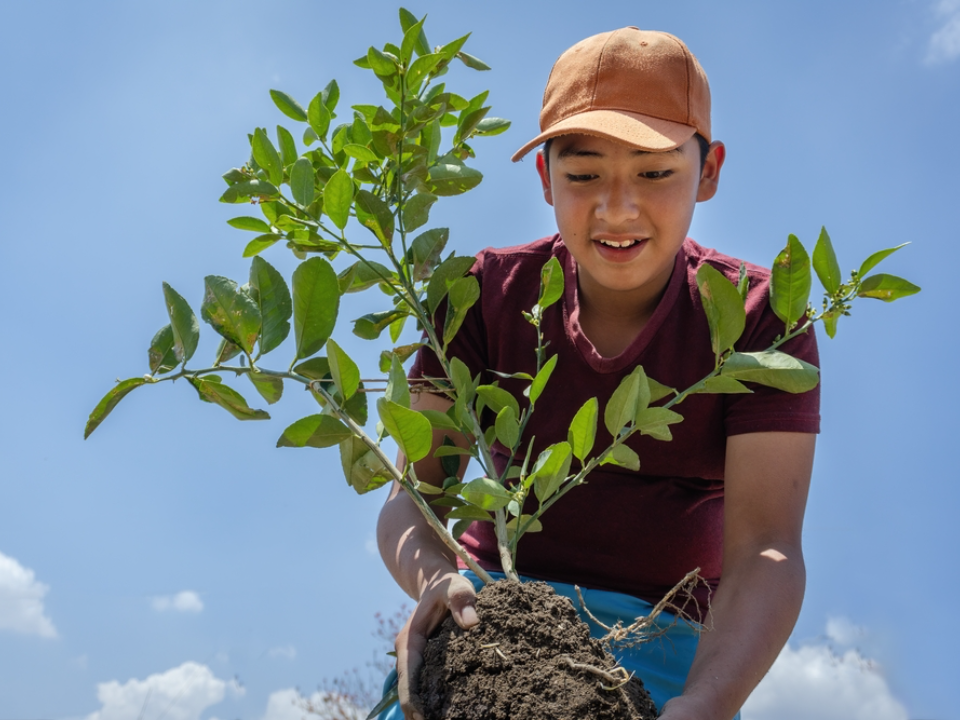
Planting native trees is a great way to enhance local biodiversity. These trees are adapted to the local environment, providing food and shelter for various wildlife species. By choosing trees that thrive in your area, you create a stable ecosystem that supports native birds, insects, and small mammals.
When selecting trees, consider the growing conditions of your site, such as soil type, sunlight, and moisture levels. Some trees, like oaks and maples, can live for centuries, becoming integral parts of the local landscape. Planting them before the ground freezes ensures that they have time to establish their roots.
Create a Wildlife-Friendly Garden
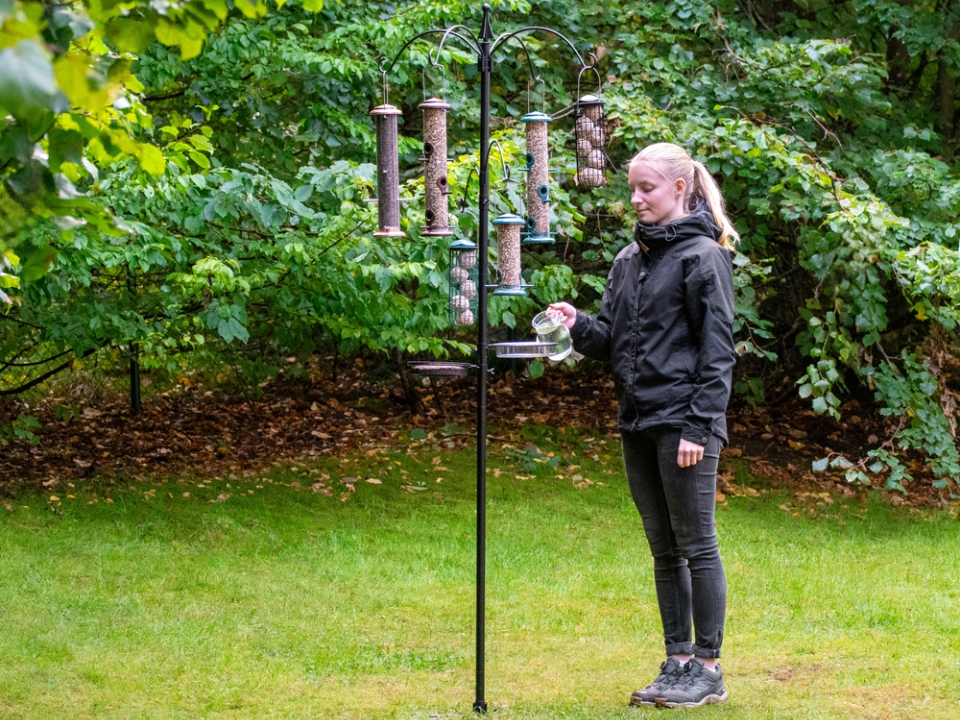
A wildlife-friendly garden supports both plant and animal life by providing shelter, food, and water. Incorporating a mix of flowers, shrubs, and grasses can attract pollinators, such as bees and butterflies, while dense shrubs offer shelter for small mammals. Even a small garden can make a significant difference to local wildlife.
Include a variety of plants that bloom at different times to provide food year-round. Adding a birdbath or a small pond can provide water, which is especially important during colder months when natural sources may freeze. This project can also improve the aesthetic appeal of your garden.
Build a Birdhouse or Bat Box

Building a birdhouse or bat box is an enjoyable and rewarding way to support local wildlife. These structures provide much-needed shelter during the colder months. Birds and bats play vital roles in controlling insect populations, and a suitable home can encourage their presence in your garden.
For birds, ensure the hole size is appropriate for the species you want to attract. Bats, on the other hand, prefer larger spaces with a dark, cool environment. Placing these houses in quiet, undisturbed areas will increase their chances of being occupied.
Install a Pollinator Habitat
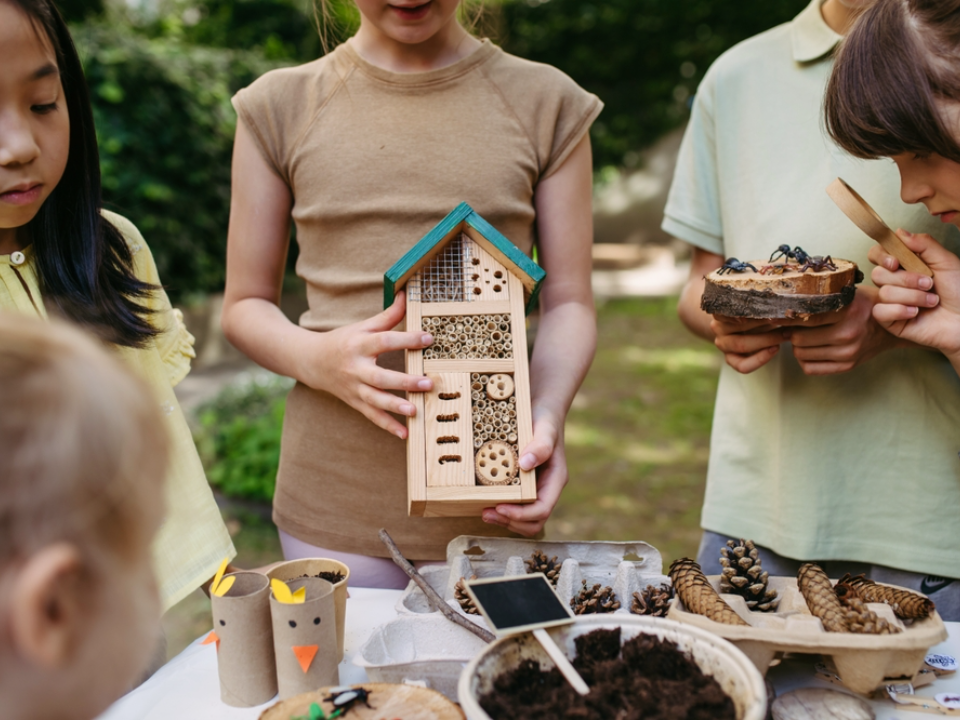
A pollinator habitat supports bees, butterflies, and other insects that are essential for plant reproduction. These habitats are vital for the survival of many plant species and help maintain a healthy ecosystem. Planting flowers, herbs, and shrubs that are rich in nectar ensures that pollinators have food sources well into fall.
Design your habitat to include plants that bloom at different times, as this will provide a steady supply of nectar. Consider incorporating native plants that are particularly attractive to local pollinators. The presence of these creatures can improve the health of your entire garden.
Plant Fall-Blooming Flowers
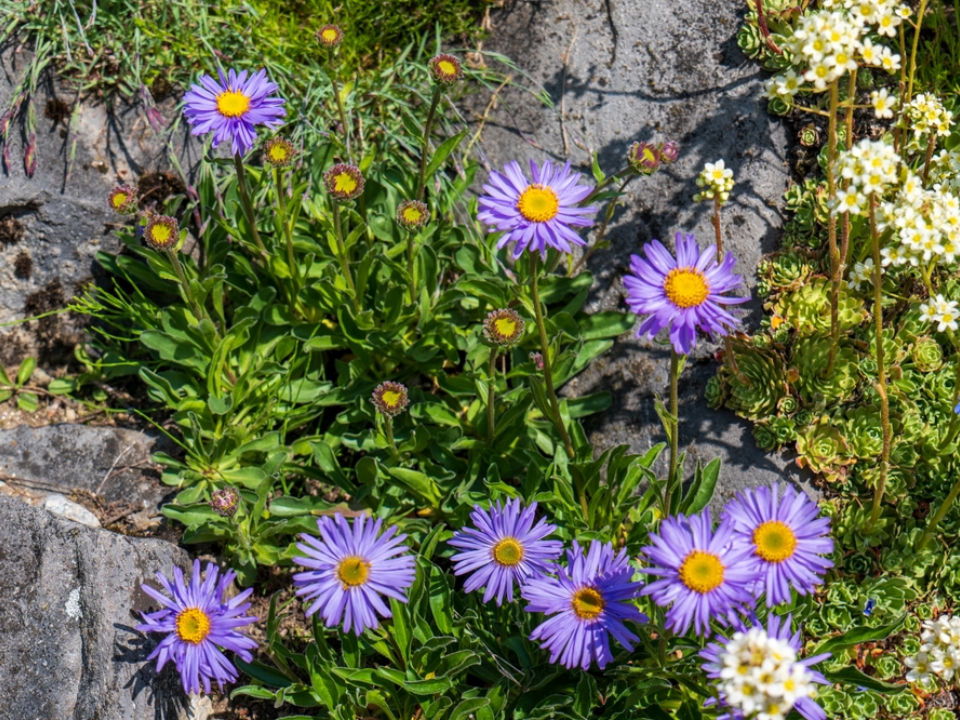
Planting flowers that bloom in fall can extend the growing season and provide vital food for pollinators. Chrysanthemums, asters, and sedums are excellent choices that provide vibrant color while also offering nectar to insects. These plants can help sustain pollinators as they prepare for winter.
These flowers can be planted well before the ground freezes, ensuring they have time to establish their roots. Fall-blooming flowers are especially valuable as many other sources of nectar begin to fade as temperatures drop. Including them in your garden can support local ecosystems during a critical time.
Create a Leaf Pile for Insects
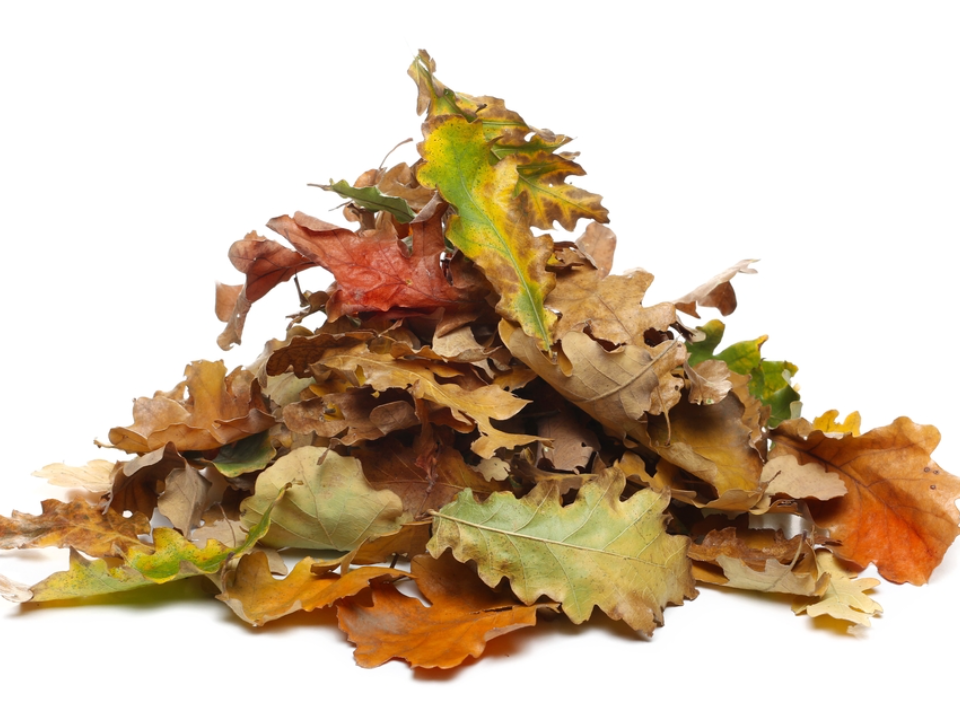
Instead of raking up all the leaves in your yard, consider creating a leaf pile to support overwintering insects. Many beneficial insects, such as ladybugs, crickets, and beetles, seek shelter in leaf piles to escape the cold. These piles offer a warm, protected space where insects can safely pass the winter months.
To create a leaf pile, simply gather the fallen leaves in a corner of your yard and allow them to decompose naturally. You can also add other organic materials like straw or small branches to increase the variety of shelter available. This project is a simple, cost-effective way to support local insect populations.
Plant Winterberry Shrubs
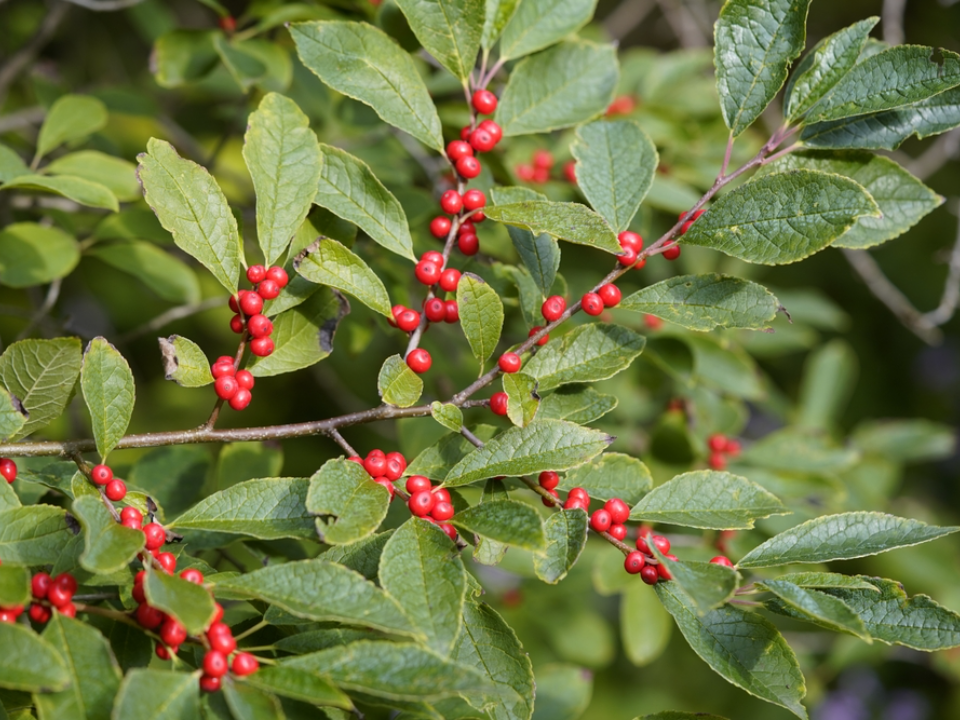
Winterberry shrubs are a fantastic choice for adding color and habitat to your landscape in the colder months. These shrubs produce bright red berries that provide a crucial food source for birds during winter. In addition to feeding wildlife, winterberries also add visual interest to your garden when other plants have gone dormant.
Plant winterberries in well-drained soil with partial to full sun exposure. These shrubs are hardy and can survive harsh winter conditions, making them a reliable addition to your garden. The vibrant red berries will persist through the cold months, providing both beauty and sustenance for birds.
Build a Wildlife Pond
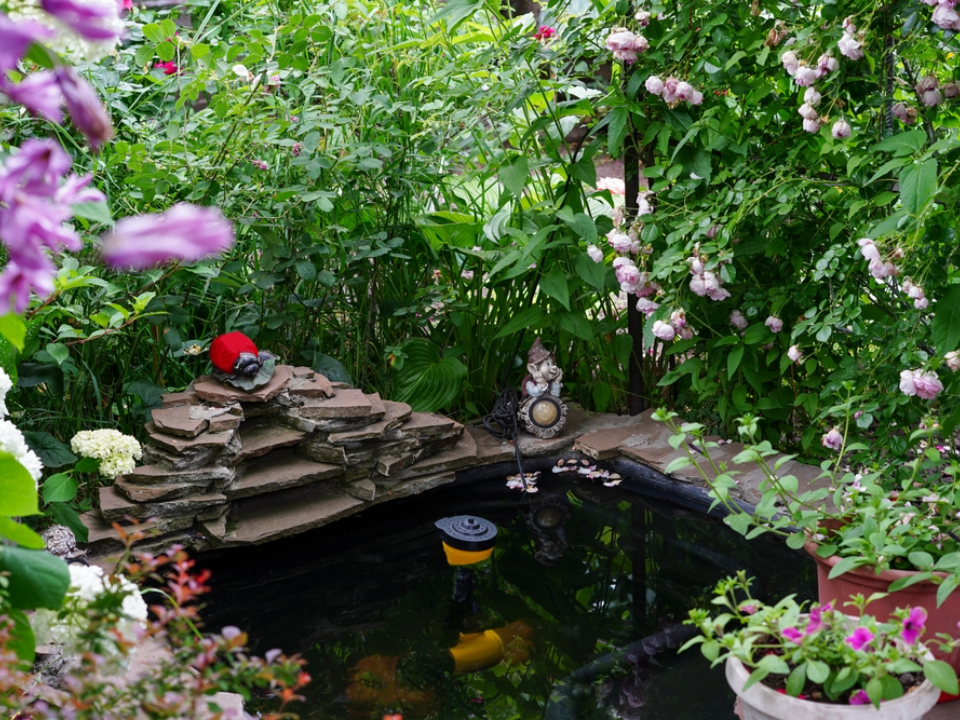
A wildlife pond can transform your yard into a thriving ecosystem, offering a habitat for frogs, birds, and insects. It also provides a water source for local wildlife, which can be especially valuable in the winter months when other water sources may freeze. Adding native aquatic plants around the edges can provide shelter and food for amphibians and insects.
Ensure the pond is deep enough to allow for year-round use, even when the surface freezes. Adding rocks or logs around the perimeter will create access points for animals to enter and exit. This pond can become an important part of the local ecosystem, supporting biodiversity in your area.
Plant Evergreen Shrubs
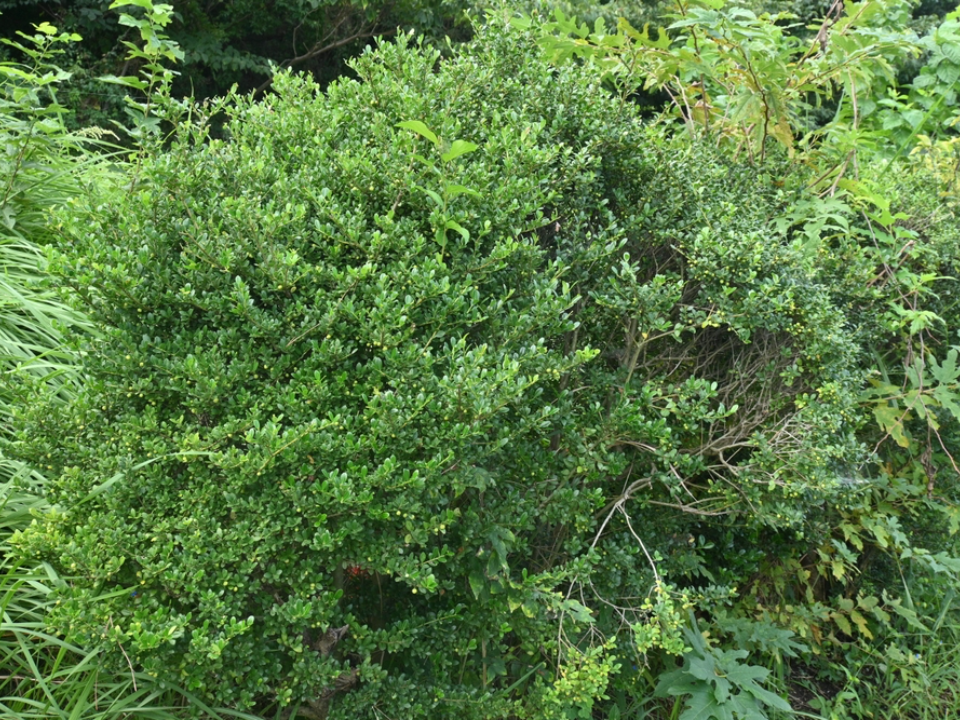
Evergreen shrubs are an essential part of any natural habitat, as they provide year-round shelter and food for wildlife. These shrubs retain their foliage throughout the winter, offering birds and small mammals a reliable place to hide from predators and the cold. Some evergreen shrubs, such as holly and juniper, also produce berries that wildlife can eat during the winter months.
These plants can tolerate cold temperatures and thrive in a variety of conditions. When planting, choose varieties that are native to your region for the best results. Evergreens not only support wildlife but also add structure and greenery to your garden, even in the colder months.
Build a Composting Worm Bin

A worm bin is an efficient way to compost kitchen scraps while helping to aerate and enrich your garden soil. Worms break down organic materials, turning them into nutrient-rich compost that can be used to fertilize your plants. This project is ideal for those looking to create a sustainable garden environment while minimizing waste.
Worm bins are easy to set up and maintain, requiring just a small space in your home or garden. By composting food scraps in a worm bin, you reduce the need for store-bought fertilizers and help keep your garden healthy. This method also supports the natural habitat by creating a healthy ecosystem in the soil.
Install a Wildlife Camera
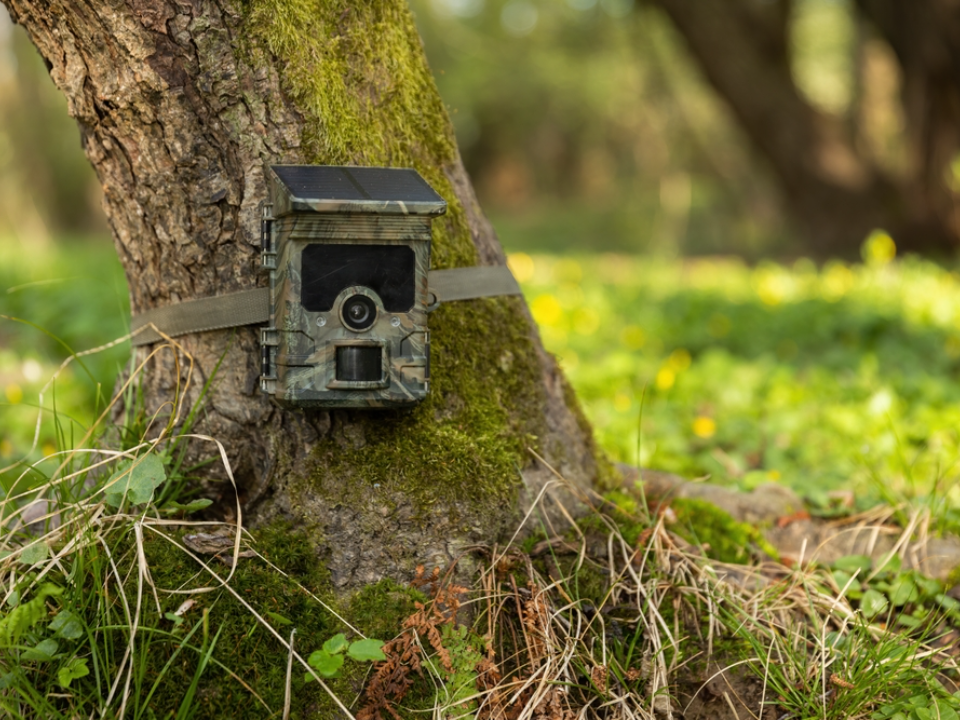
Setting up a wildlife camera in your yard can be an interesting way to monitor the wildlife that visits your habitat. These cameras can capture images of animals during the night or at dawn when they are most active. By observing animals’ behaviors, you can gain valuable insights into their needs and how they use your garden as a habitat.
Wildlife cameras can also help you assess the success of your habitat projects. Are animals using the birdhouses, or is the pond attracting the creatures you hoped to support? These observations can guide your future habitat improvements and deepen your connection with local wildlife.
Plant Cover Crops
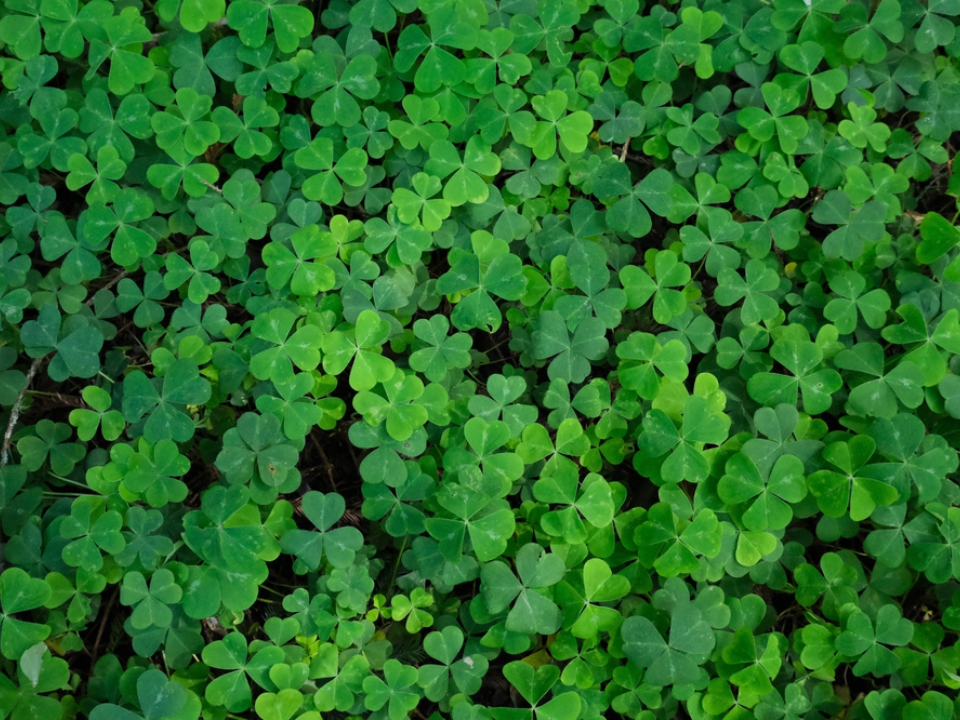
Cover crops, such as clover, rye, and vetch, are a great way to protect and enrich your soil over the winter months. These plants prevent erosion, add organic matter to the soil, and provide a habitat for beneficial insects. As they grow, cover crops also improve soil fertility, making it easier to plant in the spring.
Cover crops are easy to plant and maintain, and they work best when planted before the ground freezes. When the spring arrives, you can simply till them into the soil to improve its health. This project supports a natural ecosystem by creating a healthy environment for plants and insects alike.
Create a Dry Stone Wall
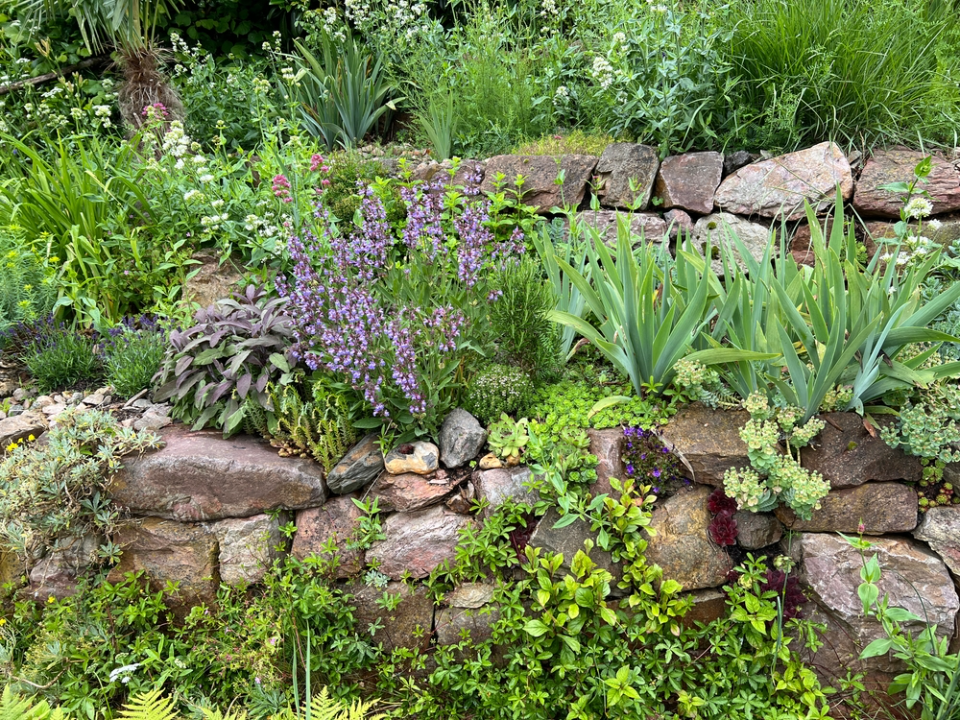
A dry stone wall is a durable and eco-friendly project that can create shelter for a variety of wildlife. These walls are made by stacking stones without mortar, leaving small crevices and gaps that provide shelter for insects, small mammals, and amphibians. Over time, plants may grow in the cracks, creating a natural habitat for even more species.
Building a dry stone wall can be a fun and rewarding project. The wall can also add rustic charm to your garden while providing an effective habitat. Place it in a quiet area of your yard, and you’ll soon see wildlife using the spaces for shelter and protection from the elements.
Set Up a Bee Hotel
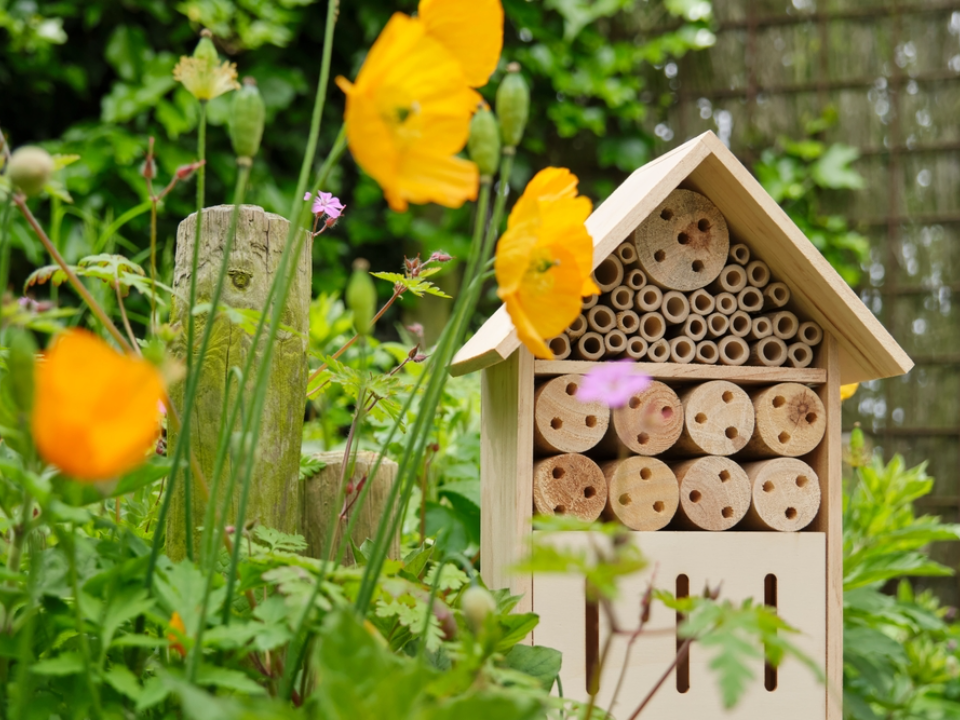
Bee hotels provide shelter for solitary bees, which are crucial pollinators in the ecosystem. Unlike honeybees, solitary bees do not live in large colonies, so they need small spaces to nest and raise their young. Bee hotels are easy to set up and can be placed on fences, walls, or tree trunks, providing these important pollinators with safe resting places.
To create a bee hotel, use materials like bamboo, wood, or hollow reeds to create small tubes. Ensure the hotel is placed in a sunny, sheltered spot to attract bees. This simple addition can help support local pollinator populations and boost the health of your garden.
Build a Butterfly Garden
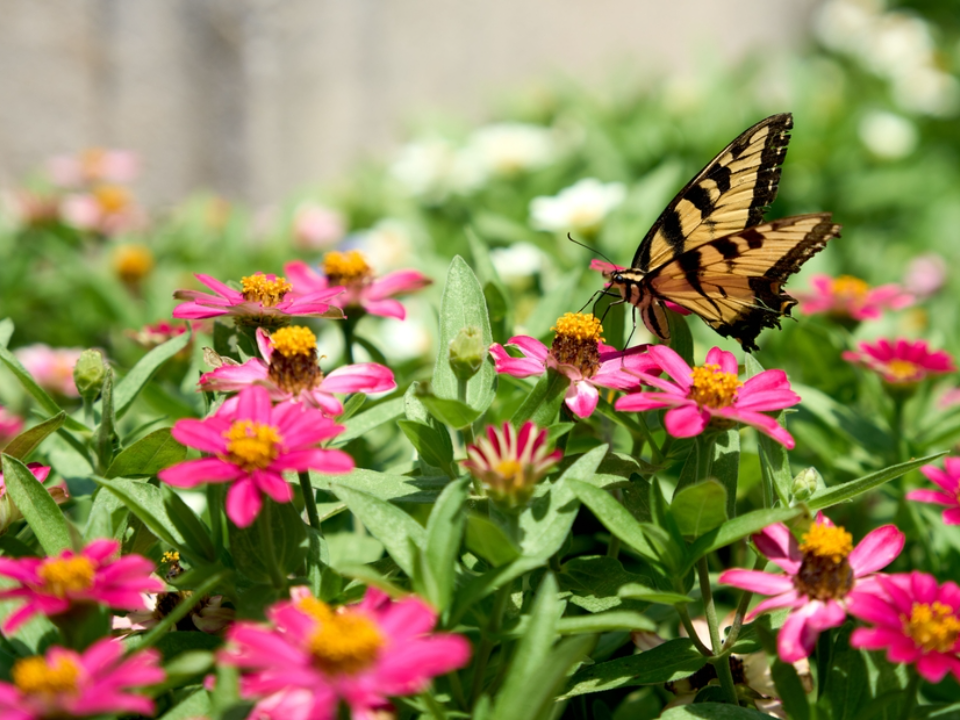
A butterfly garden is a perfect way to attract and support these delicate pollinators while adding beauty to your landscape. Planting nectar-rich flowers like lavender, coneflowers, and milkweed can provide food for adult butterflies, while specific plants like parsley and dill serve as food sources for caterpillars. These gardens also provide a safe space for butterflies to lay eggs and raise their young.
To make your butterfly garden even more effective, include plants that provide shelter, such as shrubs and tall grasses. Butterfly gardens are easy to create and can be a wonderful addition to any yard, especially in areas where butterfly populations are declining. Your garden can become a haven for these important pollinators.
This article originally appeared on Avocadu.
